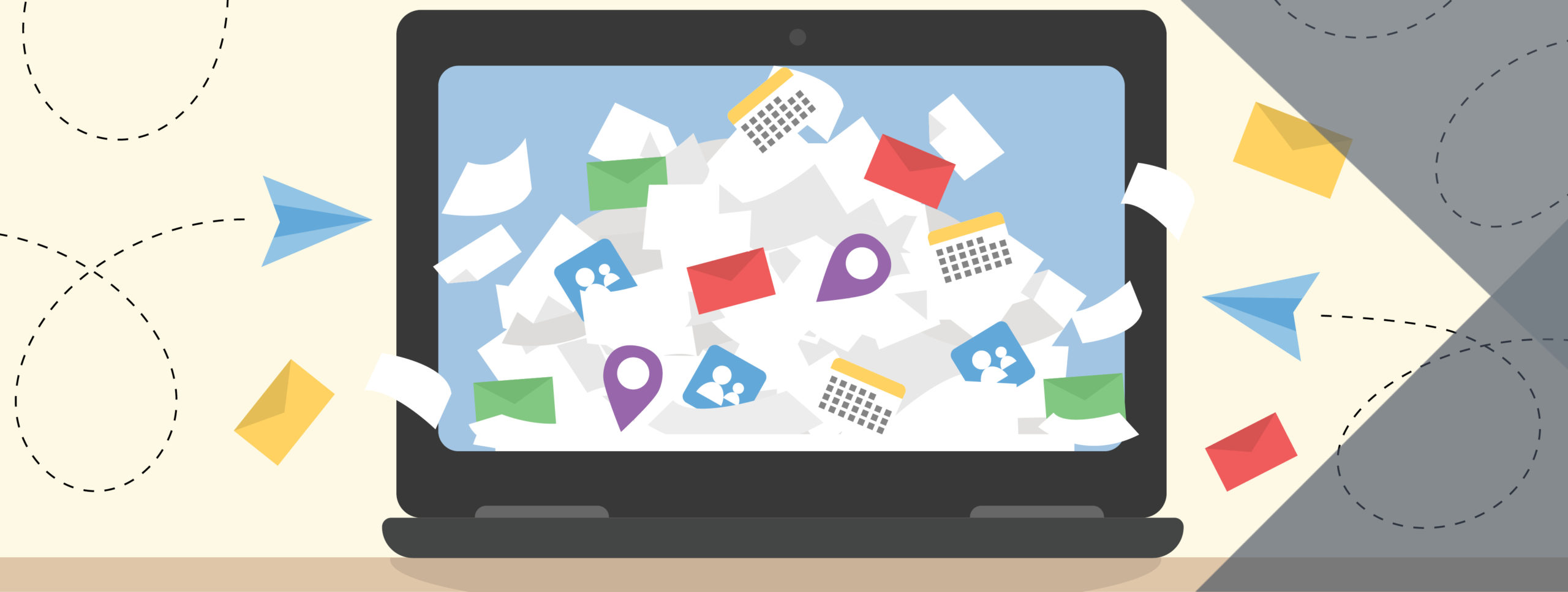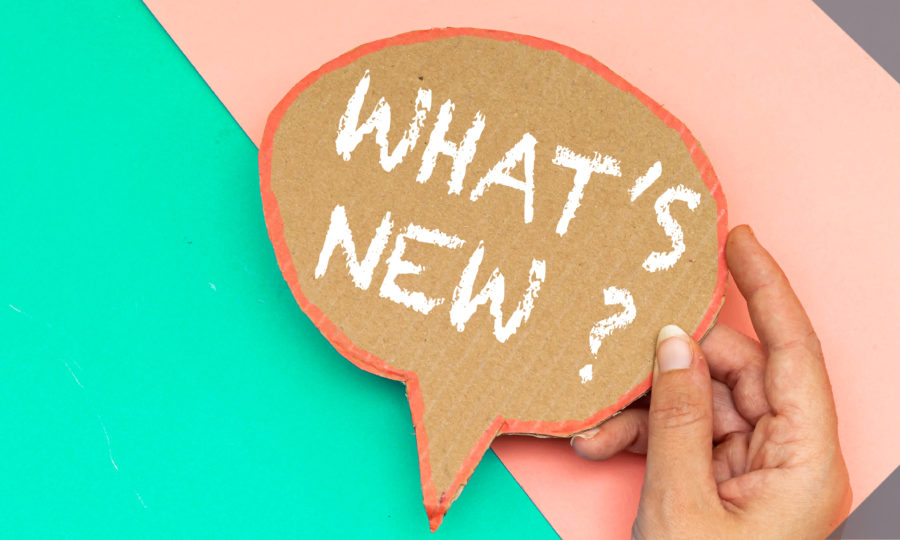Information Overload: How Your Audience Is Affected; How You Can Make It Better
We live in a world of information overload. We have access to all sorts of channels of information for every purpose you could imagine – all at the touch of our fingertips and one mouse click away.
This isn’t new information to you, but have you considered how this affects your audience? Are your employees struggling to efficiently complete work and respond to emails in a timely manner? Are your customer engagement metrics showcasing a decrease in performance? We urge you to consider the impact of information overload and make some small adjustments to how you communicate.
When you send an email or place an advertisement, recognize the place your audience is living in. Every day we task our brains to decipher thousands of data points (information input), make a decision based on this data, and take action.
There are several studies and articles that describe the results of too much information: lack of focus, decrease in critical thinking skills and an inability to concentrate. There’s also a subconscious reaction: mental multitasking – bouncing from one idea and thought to the next and back.
So what does this mean to you? Your message, your content and your marketing material may be seen but isn’t really heard. Your audience will be more likely to read/view the content quickly and move on before truly engaging in your request or taking the targeted action you want from them.
This can show up in intangible ways with your staff members (higher perceived levels of stress, missed deadlines, decrease in daily productivity) and tangible ways with your customers (decreased engagement measured by KPIs).
Now what do you do? You can’t control the amount of information they consume on a daily basis, but you CAN ensure that your content is delivered and written in a way that can easily lead to the action you’re looking for them to take!
The following steps in planning your communications can apply to how you operate your business and how you promote your products and services to your customers:
1. Create a plan.
This can be a simple list or a complex workflow, but make sure you’ve started with this step to identify who is creating your content and how it is being delivered. Outline each message. Make sure you’ve given information that covers what is this about, why is this important, and what should your audience do. Be direct in your ask! If it’s timely, make sure you’ve included a deadline.
2. Format your content.
Take time to summarize and simplify! There are content types that require detail, but introduce that information with an easy-to-follow summary. Don’t list information in a long-to-read paragraph. Use bullet points. Entertain the idea of using font changes, bold text for main points and font color changes for links. Maybe what you’re trying to convey is better presented in a graphic. Whatever it is that helps get your point across in the least amount of time to take your audience to action, create it and stick with it.
3. Stay consistent.
For internal company communications, make sure you’re delivering the same type of content through the same channel. If it’s an intranet post, keep it there; if it’s an email, keep it there. For customer messaging, cross-channel communications will need to point in the same direction. For example, if you’re promoting a new product line, keep the detailed information in one place (one page on your website) and link from emails and social media posts and advertisements to that central location.
4. Whatever you do, keep it simple.
Complicated messaging will slow down the information processing process. Give less to create more! Increase your customer engagement and business productivity just by planning and simplifying your content.



